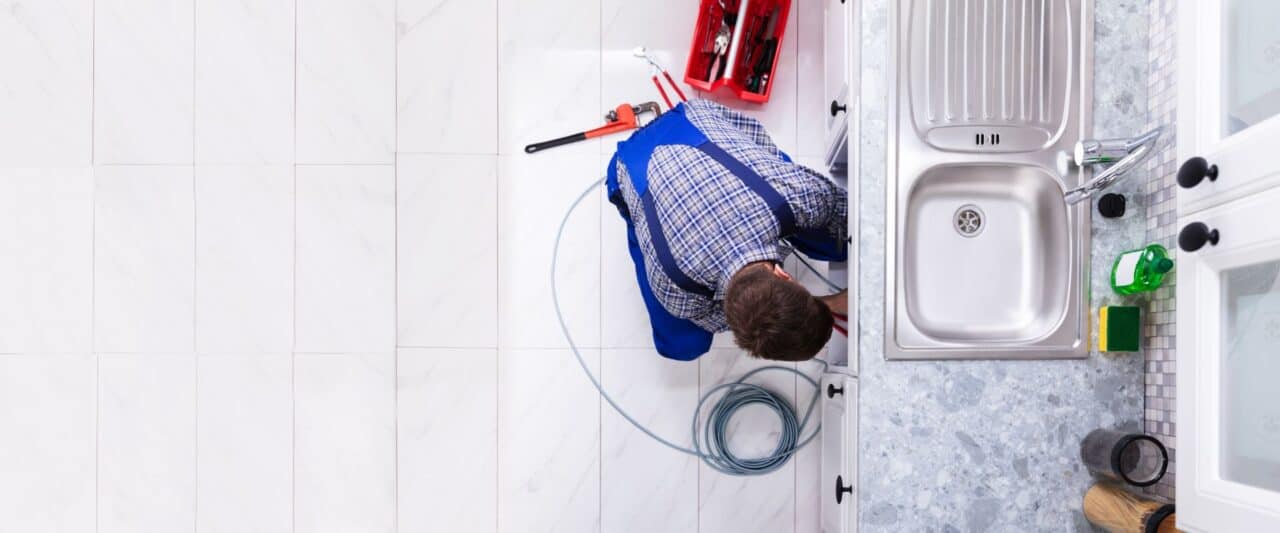Different Types of Plumbing Control
Plumbing controls are an essential part of any plumbing system, allowing homeowners to manage the flow of water throughout their homes. There are several different types of plumbing controls available, each with their own unique features and benefits. In this post, we’ll explore the different types of plumbing controls available, and how they can be used to improve your home’s plumbing system.
Ball Valves
Ball valves are widely used in plumbing systems due to their versatility, reliability, and ease of use. They are made from durable materials such as brass and can withstand high levels of pressure and temperature. The design of ball valves consists of a hollow, perforated ball that is positioned within the valve body. When the valve is open, water flows through the hollow center of the ball, and when it is closed, the ball rotates a quarter turn to block the flow of water.
One of the primary advantages of ball valves is their simple operation. The quarter-turn mechanism of the valve handle makes it easy to quickly turn the water on or off, making them ideal for emergency shut-off situations. Ball valves are also highly resistant to wear and tear, which means they can last for many years with minimal maintenance.
Ball valves come in a range of sizes and configurations, including two-way, three-way, and four-way options, as well as full-bore and reduced-bore varieties. This versatility means they can be used in a wide range of plumbing systems, including residential and commercial applications.
In summary, ball valves are a popular choice for plumbing controls due to their durability, ease of use, and versatility. They provide an efficient and reliable way to control the flow of water in various plumbing systems, and their simple design makes them easy to operate and maintain.
Gate Valves
Gate valves are widely used in the plumbing industry as a means of controlling water flow. These valves are designed with a gate or wedge that can be raised or lowered to control the flow of water. They are commonly made from brass or cast iron and are suitable for use in larger plumbing systems where a high flow rate is required.
Gate valves are typically used in situations where water flow needs to be completely shut off or when a high flow rate is required. For instance, they are commonly used in large commercial and industrial plumbing systems, such as those found in factories, warehouses, and power plants.
Gate valves have a simple design, which makes them relatively easy to operate and maintain. Unlike ball valves, which only require a quarter-turn to fully open or close, gate valves require several turns to fully open or close the valve. While this can make them slower to operate, it also makes them more precise in terms of controlling water flow.
One advantage of gate valves is that they can be used in systems that handle a wide range of fluids, including corrosive and abrasive materials. Additionally, gate valves are less prone to clogging than ball valves, which can be important in applications where sediment buildup is a concern.
Overall, gate valves are a reliable and effective means of controlling water flow in larger plumbing systems where a high flow rate is required. While they may be slower to operate than ball valves, they offer precise control and are suitable for use with a wide range of fluids.
Pressure Reducing Valves
Pressure reducing valves are an important component of plumbing systems in homes and buildings with high water pressure. Excessive water pressure can cause a range of problems, including burst pipes, leaks, and damage to appliances such as washing machines and dishwashers. Pressure reducing valves work by regulating the pressure of water that enters your plumbing system, ensuring that it is at a safe and manageable level.
These valves are typically installed at the main water supply line to your home or building, and work by using a spring-loaded diaphragm to regulate the flow of water. When the pressure of incoming water exceeds a set limit, the valve opens and allows water to flow through, while the spring and diaphragm work together to regulate the pressure. This process helps to prevent damage to pipes and appliances, and can also help to conserve water by reducing the amount of water wasted through leaks and overflows.
In addition to protecting your plumbing system and appliances, pressure reducing valves can also help to lower your water bills by reducing the amount of water wasted due to high pressure. By reducing the amount of water that is wasted through leaks and overflows, pressure reducing valves can help you save money on your water bills over time.
Overall, pressure reducing valves are an important component of plumbing systems in homes and buildings with high water pressure. By regulating the pressure of incoming water, these valves help to prevent damage to pipes and appliances, conserve water, and save you money on your water bills. If you are experiencing high water pressure in your home or building, it may be worth considering the installation of a pressure reducing valve to protect your plumbing system and appliances.
Thermostatic Mixing Valves
Thermostatic mixing valves are a crucial plumbing control device used to ensure the safety and comfort of occupants in a home or building. As the name suggests, these valves work by mixing hot and cold water to maintain a consistent and safe water temperature. This is achieved by using a thermostatic element that senses the temperature of the water and adjusts the flow of hot and cold water accordingly. The result is a steady and safe water temperature that can be set to meet the needs of different occupants in the building.
Thermostatic mixing valves are particularly important in households with young children, the elderly or people with disabilities, who may be more vulnerable to burns from scalding hot water. These valves can help prevent accidents by limiting the maximum temperature of the water, typically to around 50-55 degrees Celsius. This not only provides a safer environment but also saves energy by reducing the need to heat water to excessively high temperatures.
In addition to residential applications, thermostatic mixing valves are also used in commercial and industrial settings, such as hospitals, schools, and factories. They are especially important in healthcare settings, where hot water is used for sanitation purposes and must be maintained at a consistent and safe temperature to prevent the spread of harmful bacteria.
Overall, thermostatic mixing valves are an essential plumbing control device that provide comfort, safety, and energy efficiency benefits to occupants of homes and buildings. Their ability to regulate water temperature and prevent scalding makes them an important addition to any plumbing system.
Conclusion
In conclusion, there are several different types of plumbing controls available, each with their own unique features and benefits. By choosing the right plumbing controls for your home, you can improve the efficiency and safety of your plumbing system, as well as prolonging the life of your pipes and appliances. If you’re unsure which type of plumbing control is right for your home, be sure to consult with a licensed plumbing professional.
- Why Brawoliner is the Best in Pipe Relining Business - August 4, 2025
- Aftercare of Pipe Relining: How Hard is it Really? - August 4, 2025
- Revitalizing Your Sewer Pipes: How Sewer Pipe Relining Works - August 4, 2025





